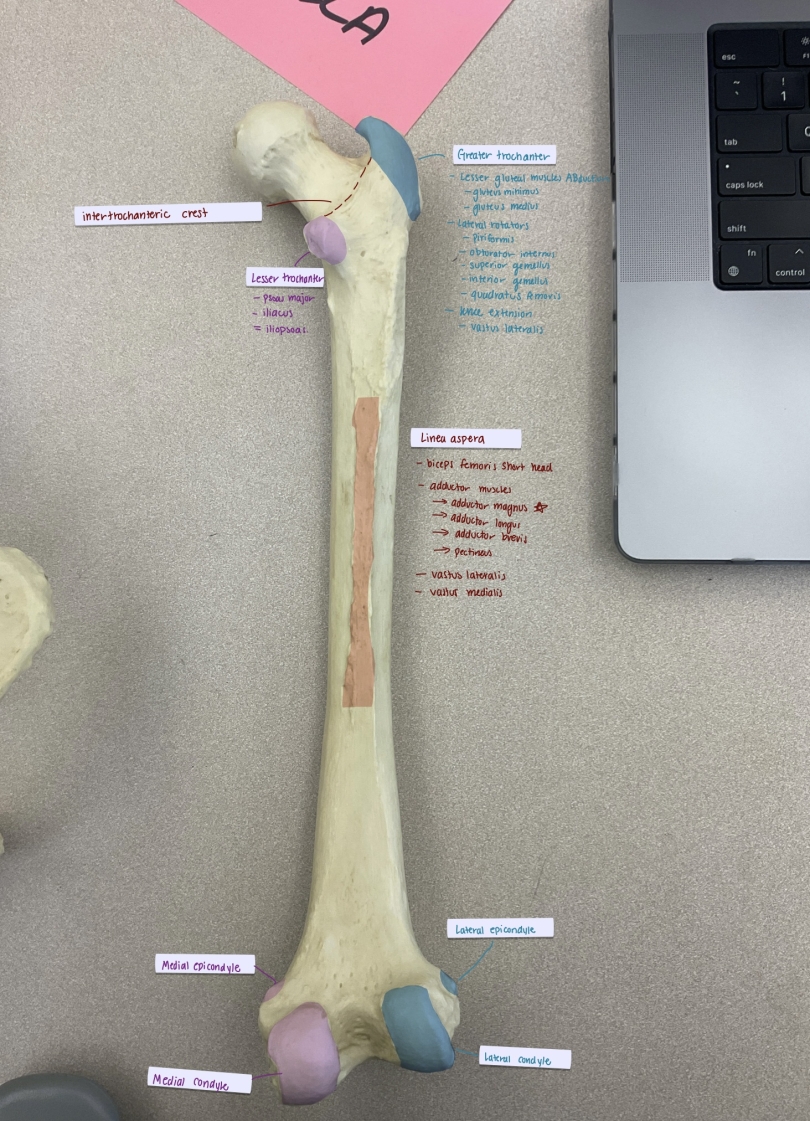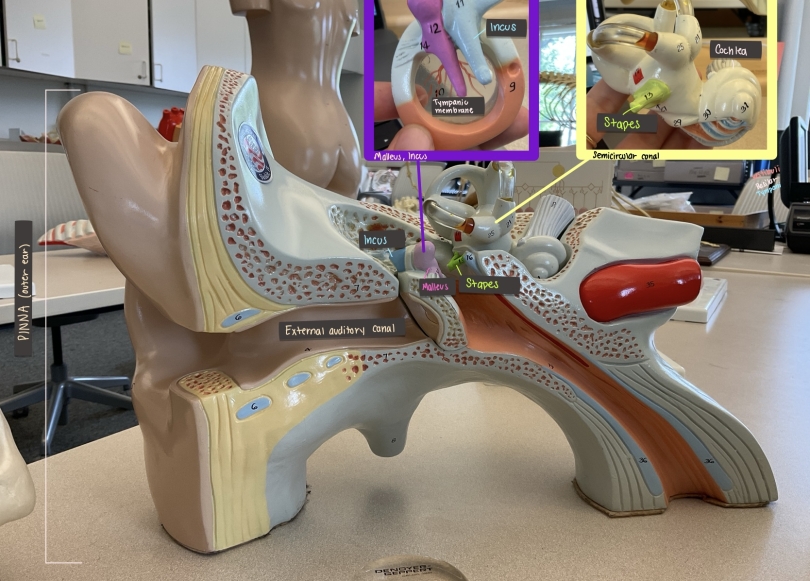
Class Spotlight: Human Functional Anatomy
This spring, I took a class called Human Functional Anatomy, also known as Anthropology 40. Renowned anthropologist and evolutionary biologist, Professor Nathaniel Dominy, taught the course. I took this course out of sheer interest (which I hope is conveyed in all that follows in this blog post); however, it can also fulfill students' Natural and Physical Science with Lab (SLA) distributive requirement and count towards the anthropology major (both of which I have completed prior to this course).
This course literally dissected the anatomy of humans in relation to our primate relatives and ancestors. The course was divided into three units: upper limb, lower limb, sensory systems, and soft tissue anatomy. For the first and second units, we considered all the essential muscles and bony landmarks of the human limbs, connecting them to their significance in bipedal locomotion. We then analyzed primate bone models to understand the functional significance of anatomical differences between modern humans and their brachiating, knuckle-walking, quadrumanous, and quadrupedal relatives.

It was fascinating to then analyze the fossil casts' anatomical features, as they often showed intermediate features between the great apes and humans. The final unit of the course dissected human soft tissue anatomy and sensory systems in depth. I also have an absurd amount of fossil/bone/muscle model pictures in my camera roll, which I jointly have Anth 40 and Anth41 to thank for (more on this momentarily).


Perhaps the most intriguing element of this course was the voluntary class trip to the Body Donor Lab in the Geisel School of Medicine. After learning about the musculoskeletal components of the limbs in lecture, we were able to dissect the muscles we had studied, seeing firsthand bony landmarks, muscle attachments, and the influence on the function of the limbs. We were also able to learn about the "Anatomical Gifts" program at Geisel and gain a little insight into the ethics behind a program like this.

Similar to my other favorite course, Anth41: Human Evolution (notice how they are close in theme and course number), Anth 40: Human Functional Anatomy also included lab practical assessments. This essentially meant that our course had a lab classroom filled with models of human muscles, models of human/primate bones, and hominin fossil casts for us to engage with our lecture material outside of class time. Studying for these practicals involved spending time with the models and learning about their notable functional features. Then, at the end of each unit, we played a game of musical chairs—not really, but timed intervals in which you had to answer questions at the model in front of you. Although thematically different, Anth40: Human Functional Anatomy employed the same mode of assessment—bones musical chairs—as Anth41: Human Evolution (which you can read more about here and in my D-Plan column). I really appreciate this unique form of assessment and application of our course material.


I am thrilled that I took this class. Although I have completed my anthropology major (consisting of 10 courses), I continue to take anthropology courses because I find the content so fascinating, and there are many incredible courses like this one.
















